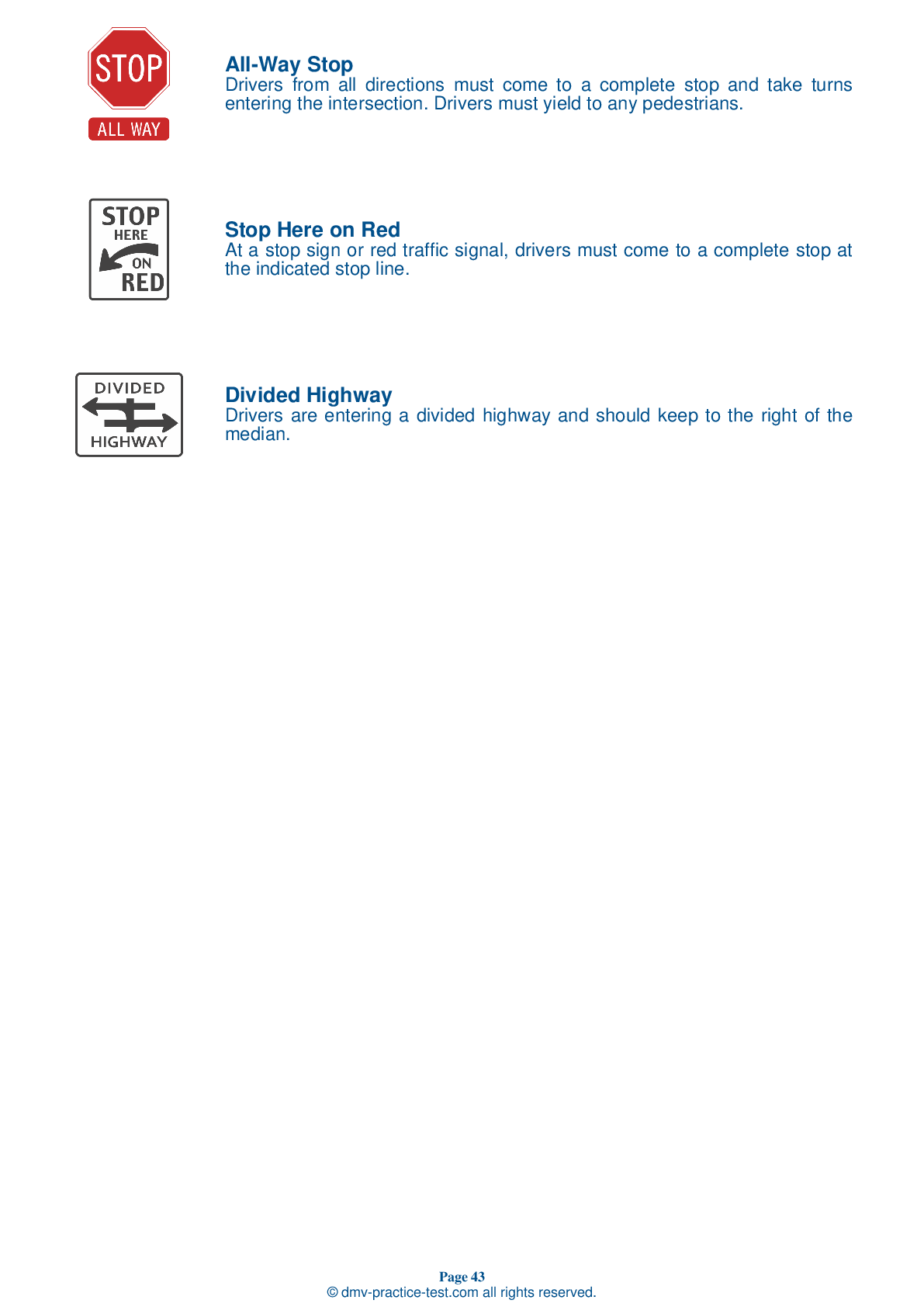FREE Connecticut DMV Practice Test #4
This set of Connecticut DMV practise tests was just updated for January 2025. It includes questions based on the Connecticut Driver Handbook's most essential traffic signs and regulations for 2025. Use actual questions that are very similar (often identical!) to the DMV driving permit test and driver's licence exam to study for the DMV driving permit test and driver's licence exam.
Each practise test question has a hint and explanation to assist you in remembering the concepts. The written component of the official DMV test will include questions about road rules, traffic signs, and driving statutes, as well as information from the Driver Handbook.
To achieve the required passing grade, you must correctly answer 20 of the 25 questions. Take our DMV practise exam to help you prepare for your Connecticut instruction permit or driver's licence.
The DMV exam is available in several languages.
Using any form of testing help will result in an automatic fail, and the DMV may take further action against your driver's licence, so avoid it.
1 . To know where traffic is behind you:
Drivers should check their rearview mirrors often to stay aware of the position of traffic behind them.
2 . Which of these statements is true about drugs and driving?
Legal prescription and over-the-counter drugs can impair your ability to drive, including drugs taken for colds, hay fever, allergies, or to calm nerves or muscles. It is illegal to drive while under the influence of any drug that impairs your ability to drive safely; this law does not differentiate between illegal, prescription, or over-the-counter drugs.
3 . You are driving behind a motorcycle and want to pass. You must:
When passing a motorcycle, allow a full lane to the motorcycle. Never crowd into the same lane as the motorcycle. Returning to the original lane too soon can force a rider to swerve to the right and into traffic or off the road.
4 . This sign means:

This sign indicates that turns in the direction of the arrow (in this case, to the right) are prohibited.
5 . This sign means:

This sign warns a driver of a change in direction or a narrowing of the road. A driver may find several of these signs on the outside of a sharp curve or on approaches to a narrow bridge.
6 . To enter highway traffic, you need at least:
Any time you want to merge into traffic, you need to find an opening large enough for you to merge safely. If you move into the middle of a four-second opening, both you and the driver behind you have a two-second following distance.
7 . When being passed by another vehicle:
When being passed, you must yield to the passing vehicle and not increase your speed. Allow the vehicle to safely merge back into your lane.
8 . Which of the following road surfaces freezes first?
Pavement on bridges and overpasses can become icy even when other surrounding pavement is dry. Bridges often freeze before, and thaw out after, the rest of a road.
Need Car Insurance? No problem!
Compare the best rates in Connecticut and find a personalized policy that meets your needs.
1. Are You Currently insured ?
2. Married ?
3. Do you own your Home?
4. Do you have more than 1 car ?
5. Have you or a Family Member Honorably Served in U.S. Military ?
6. Your Name
7. Age
8. Zip code
IMPORTANT REMINDER:Auto Insurance is Mandatory to drive in Connecticut. Get covered before you hit the road to avoid any fines.
Ranked by best match



